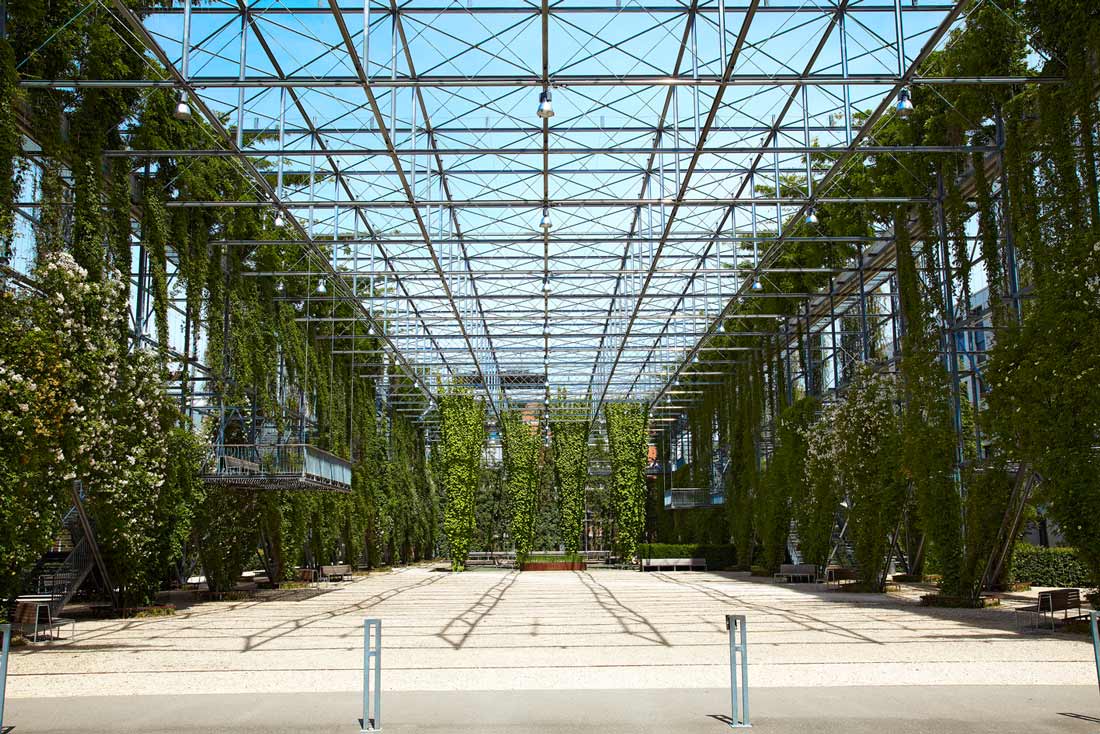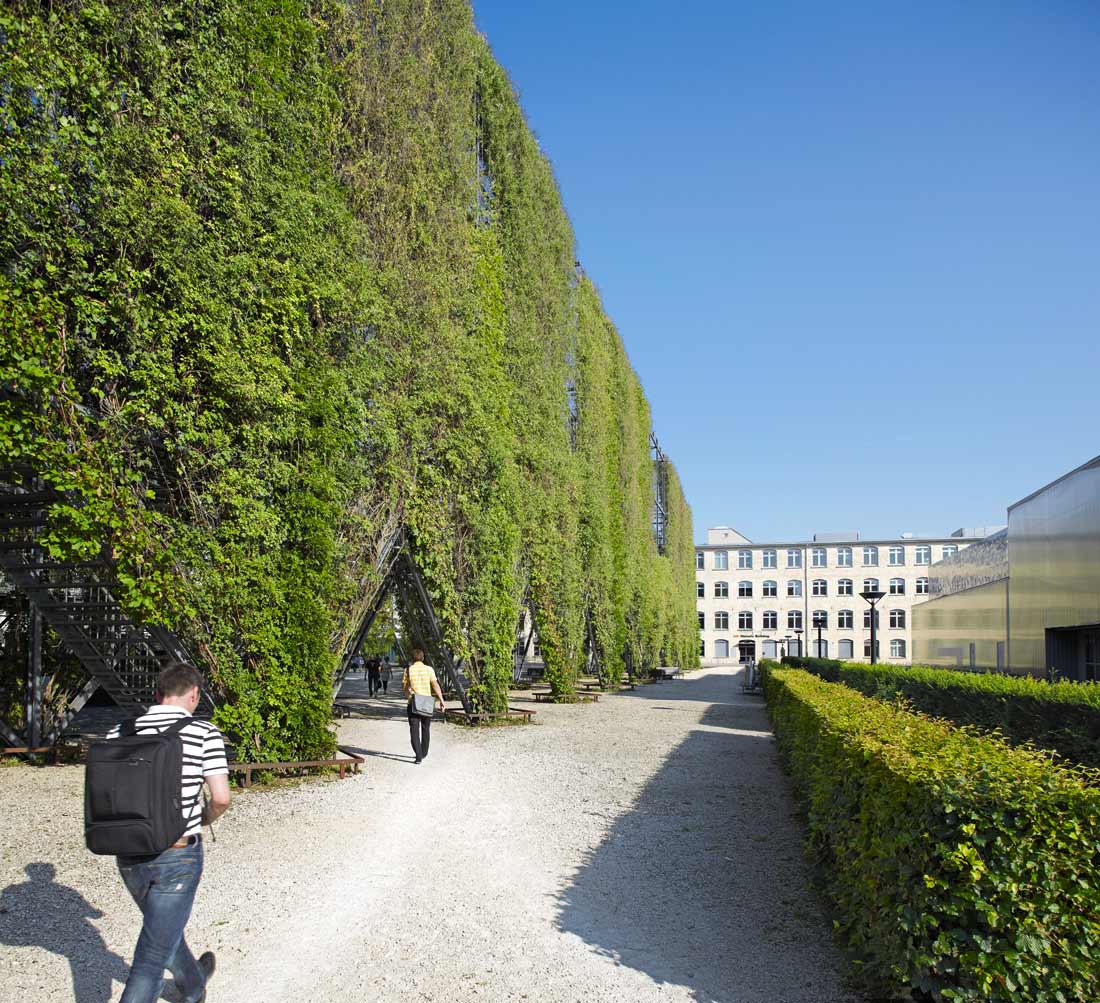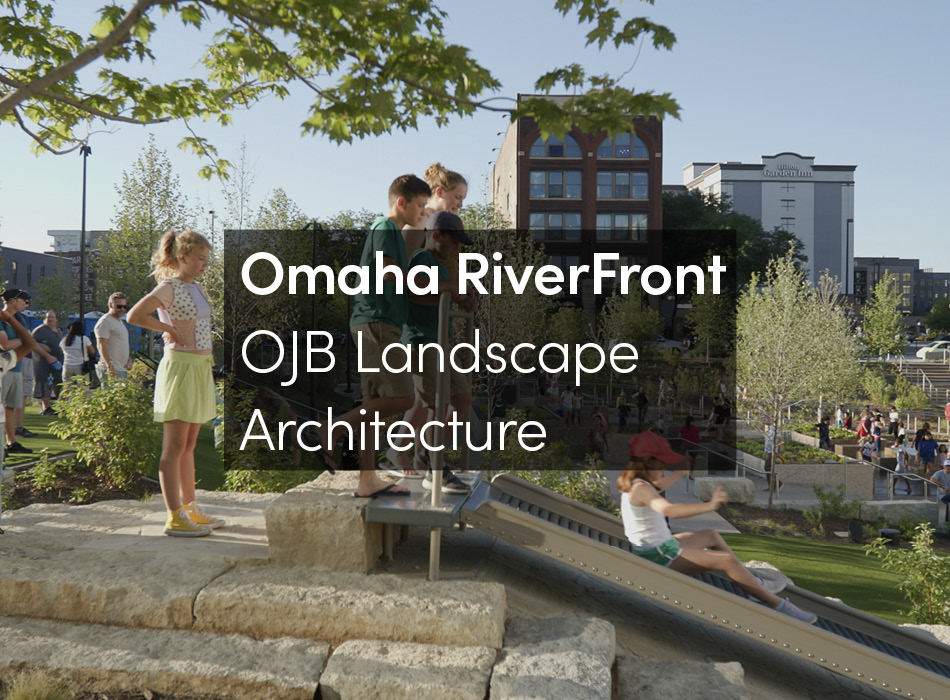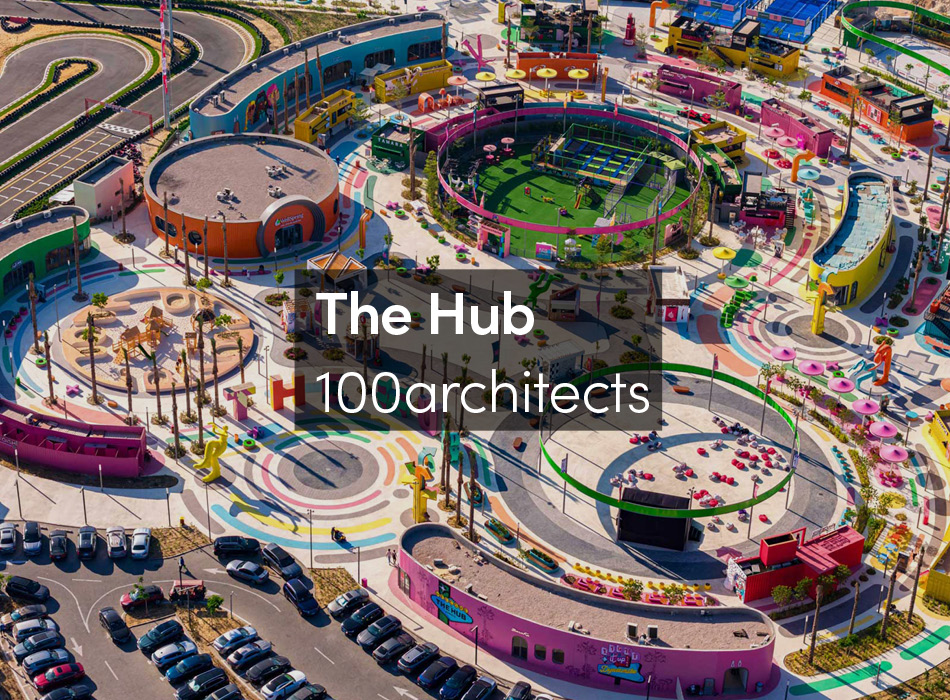The park site was in use for roughly a century by the Oerlikon Machine Works (MFO). In the course of industrialisation the entire grounds were at one time filled in with construction debris, sand from the foundry and ash, and the plot had thus suffered from pollution. Together with nearby Oerliker Park, an enormous wooded area is now arising, created by the contiguous tops and trunks of countless ash trees. MFO Park responds to this in its own way with the “Park House”, a large open hall and a trellis overgrown with hundreds of blooming, aromatic climbers.

Large-surface elements of free space and green (attenuated and miniature in form) divide and organise the planned area of North Zurich and give shape to its new residential, business, leisure and transportation zones. The large green areas – Oerliker Park, MFO Park, Louis Häfliger Park, Friedrich Traugott Wahlen Park and Gustav Ammann Park – are parks defined by architecture, each with its own character. They react to surrounding buildings and infrastructure in both their size and their style. The attenuated green space system, meanwhile, serves to connect public and private green areas and promotes orientation within the new district. It consists primarily of prominent rows of trees and the newly liberated Binzmühle brook. Lombardy poplars along Binzmühle street to the east and plane trees to the west accentuate the district’s main thoroughfare. The streets running north to south are lined with spreading lindens, while the brook itself is set off by birch trees. Publicly accessible miniature parks, meanwhile, are a part of the densely built-up business zones, where they provide respite. They can be found on streets or along pathways and are a part of the free space of the surrounding building complexes. They also constitute readily visible markers and thus help with orientation. Free spaces around private constructions are guaranteed by zoning laws according to the various uses of the individual building sites. Residential structures are to be found mainly in areas with a high proportion of free space. Measures to increase local value are planned to provide ecological compensation for the intensive use of the area, including rooftop gardens and the maintenance or creation of unpaved spaces for flora and fauna.
Idea
The large “Park House” is a double-walled, espaliered construction: an old-fashioned trellis open on three sides and veiled in lush plant growth. The generously proportioned atrium area is interrupted at the rear by four wire chalices – a grove in this forest of climbing plants. A pool set into a sunken area reflects the slanting light.
The space between the double walls is shot through with flights of stairs, colonnades and projecting loggias. At the very top, on the roof, is the sun-deck: a meticulous architectural form created out of filigreed foliage, filled with a greenish play of light and fleeting aromas, free of function and open to all the senses. In the second phase, the city-garden-bower will be supplemented with a large square to complete the atrium’s volumetrics with high, flexible stelae for training climbers, thus juxtaposing the closed figure with an open volume. Like giant stalks of grass, the overgrown metal struts bend in the wind.
Location
The park site was in use for roughly a century by the Oerlikon Machine Works (MFO). In the course of industrialisation the entire grounds were at one time filled in with construction debris, sand from the foundry and ash, and the plot had thus suffered from pollution. Together with nearby Oerliker Park, an enormous wooded area is now arising, created by the contiguous tops and trunks of countless ash trees. MFO Park responds to this in its own way with the “Park House”, a large open hall and a trellis overgrown with hundreds of blooming, aromatic climbers. North Oerlikon is at present known for its gigantic industrial building volumes. With its translucent atrium, the “Park House” refers to this tradition in a completely new and poetic fashion. By analogy with the new major buildings (Toro et al.), this occurs via contemporary (landscape) architectural expression. The North Zurich Planning Centre provides for residential and service structures all around MFO Park, interspersed with a fine network of open spaces. MFO Park enhances this function-bound system of open space with a polyvalent “park space”, available to everyone for a wide range of activities and events.
Use
The green atrium is in principle open to any use. Its large area is appropriate for individual activities, sports and games, just like any other park. Collective events, tournaments, open-air cinema, theatre, concerts and variety shows are among the possible uses; in this regard, it recalls the park theatres of the Baroque era, their wings outlined in hedgerows. Small, quiet rooms are created by the interstices, with a view into the atrium, like opera loges available for reading, loving, dreaming…
High up on the roof, the sundeck offers a view across the new city. Sunbathers are welcome on the giant carpet formed of interwoven creepers.

 Construction
Construction
The “trellised latticework”, a steel structure, was erected on the low foundations. The standard steel sections, kept to a minimum, create an orthogonal construction with bracings. Espaliers made of interlinked stainless steel wire were erected around the “walls” and “roof”.
Materials
The entire park area is to be floored with light, cohesive clay. The stele square will be made of cast-in-place concrete. In the interior of the atrium there is a slightly sunken area covered in glass chips. The hedgerows alternate yew (Taxus baccata) and beech (Fagus silvatica).
List of species
Water
Rain water is collected and fed to the roots. Excess water seeps out through channels to an underground storage canal. During dry spells, the water collected here can be used for the plants by way of an irrigation system. Furthermore, the volume allows for retention such that, in times of heavy precipitation, the residual water can be slowed and throttled back, and thus fed safely into the sewers.
Planting
The climbing plants are planted at several levels: directly in the ground and, for the upper storey and roof, in irrigated troughs. Hardy plants whose form contributes to the architectural ensemble are featured, such as wisteria, grapevine, ampelopsis and parthenocissus, as well as all the remaining varietals, like honeysuckle, Actinidia arguta, Clematis maximowicziana, Aristolochia durior and many others, all bringing perfumes, attractive forms and colour to the corridors, loggias and balconies.
Seasons, light and moods
The park undergoes pronounced seasonal changes. In winter the construction comes to light, only to vanish again under a layer of green during the growing period. In fall, finally, the park gleams with the red of wild vine. The play of light and shade plunges the interior spaces into a series of ever-changing moods. The summer’s heat is pleasantly tempered. At night, the structures of the square and atrium are lit up from within and seem to take on three-dimensional form. A space saturated with the patter of rain – dancing shadows on the gravel ground – the twitter of birds in the leafy walkways – a bustle in the trompe-l’oeil architecture – a stroll up and down aromatic green stairways – a summer’s night in an “opera” loge.























